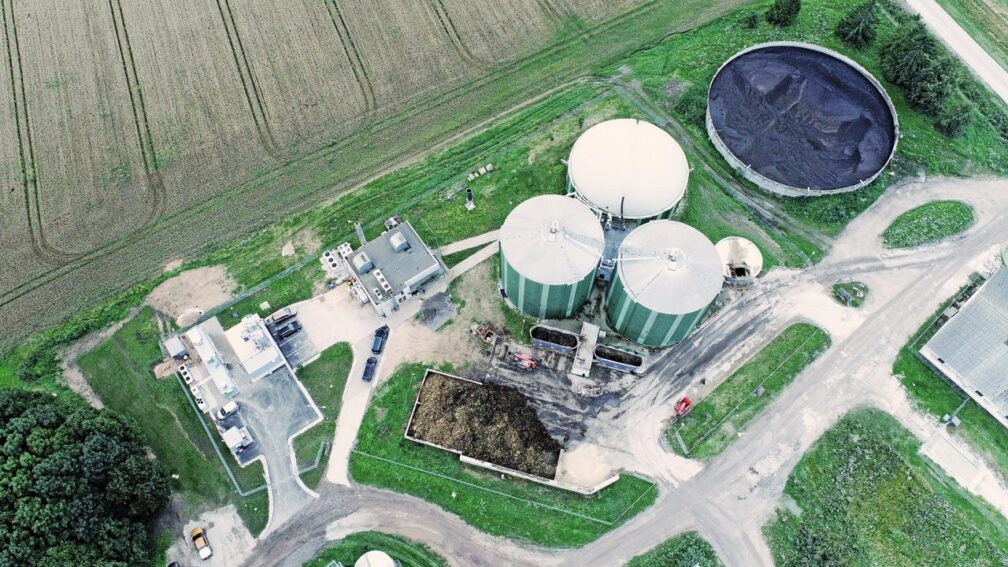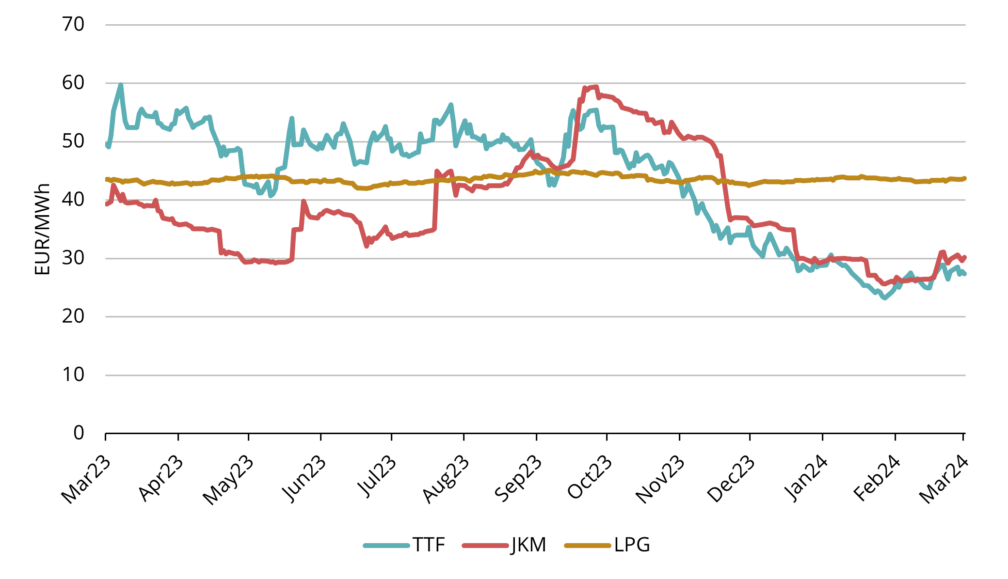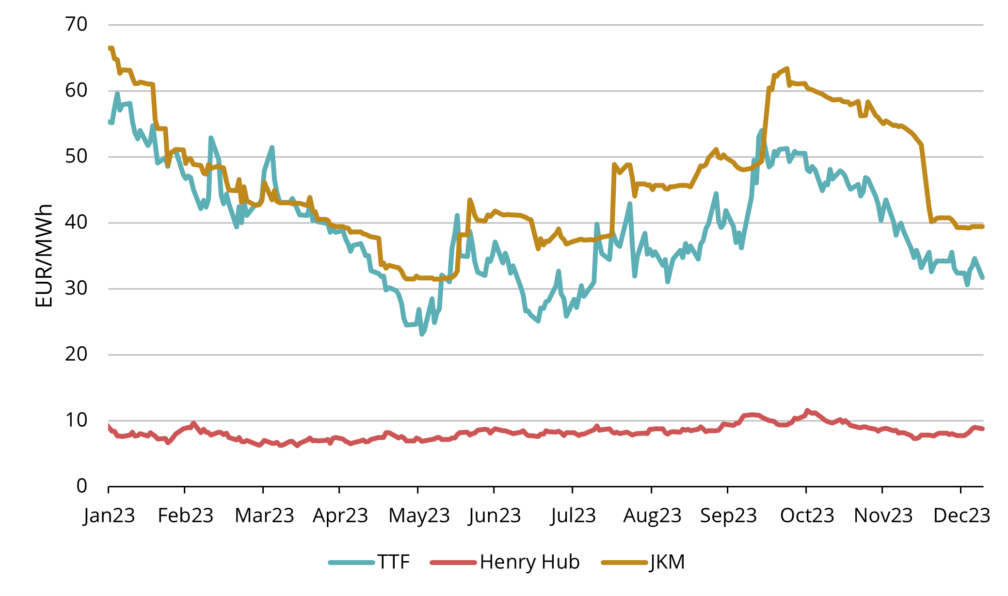Biomethane production to expand
Eesti Gaas’ owner company Infortar and Alexela started expanding the biomethane plants located in Oisu in Järva County and Ilmatsalu in Tartu County, as a result of which the plants can accept more food waste than before.

Ilmatsalu biomethane plant
“We are taking the next step in local gas production – if until now we mainly produced biomethane from animal manure, now we can use food industry and other biodegradable residues as raw material more than before. This gives the food industries wider opportunities to participate in the circular economy,” said Kristjan Stroom, CEO of Eesti Biogaas OÜ, a joint company of Alexela and Infortar. “Biomethane plants leave no footprints and solve several formulas at the same time – after agricultural and food industry waste, the next problem to tackle could be the reception and processing of urban residents’ bio-waste, the plants are technically ready for this, in addition, it requires adaptation of national regulations, decisions of municipalities and organisation of logistics”.
The production capacity of the three green gas plants opened two years ago with the support of a EUR 30 million investment will increase by a third after the expansion works, thus increasing the role of Eesti Biogaas as the largest producer of biomethane in the Baltics in achieving the goals of the green revolution. During the expansion, digesters and production equipment will be added. Construction works at the stations will be carried out by EG Ehitus.
The major customers of biomethane are the public transport companies of the cities Tartu, Rakvere and Pärnu, biomethane can be purchased as motor fuel at all Eesti Gaas and Alexela gas stations across Estonia. The annual amount of manure of one dairy cow can produce 200 kg of biomethane, which can be used to drive 5,000 km. In one household, 130 kg of biowaste is generated during the year, and the biomethane produced from it can drive a car 200 km.
Biomethane is a clean and high-quality motor fuel suitable for all CNG vehicles. The performance of an engine running on biomethane is the same as a gasoline engine, but it works more quietly and consumes significantly less fuel, the price of which is also 2-3 times cheaper. In addition to public transport, domestic passenger and freight transport could also be switched to green gas. Switching to local biomethane is today the only existing climate-neutral and competitive solution in the passenger and freight transport sectors to achieve the 2030 climate goals.
Biomethane, or green gas, is produced mainly from biodegradable waste, manure, urine and food waste. During the additional processing and purification of biogas, biomethane, or green gas, with a calorific value similar to natural gas is produced. Biomethane is the cleanest and most soot-free fuel that can be used in transport, only carbon dioxide and water vapor are released when burning biomethane. The residue of the fermentation process of the biomethane plant, or digestate, is transported to a storage or lagoon and from there to the field. Digestate is a high-quality and certified organic fertilizer from which plants can easily acquire nitrogen and phosphorus. Unlike manure, digestate has no smell and a lot of harmful methane remains unreleased into the environment.

